
Seventy years ago, on 9th May, 1951, the Lake District was named an official National Park of Great Britain. It was the second area of the country to be designated a National Park, the Peak District being the first. We take a look at some of the highlights of this beautiful part of Cumbria.
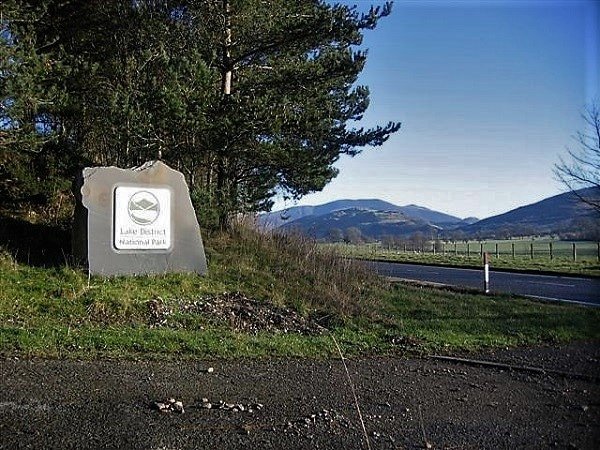
The Lake District gained its status in 1951, barely a month after the Peak District was created. It is the most visited National Park within the whole of the UK. An estimated 17 million travel into the Lake District each year. It is also the largest of the English and Welsh parks, with an area of 912 miles. Yet the park itself does not cover all of the lake area; Kendal and a few other parts are technically outside the park boundaries.
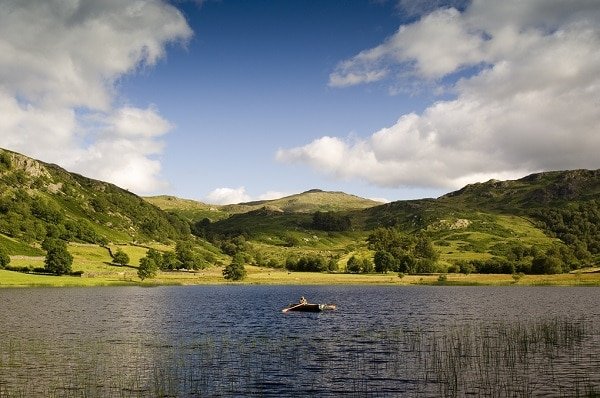
There is only one official visitor centre in the national park–at Brockhole on Windermere. Here you can plan your trip, shop, explore the gardens, and take part in a number of different activities, from the obvious watery choices to archery, mini golf, and pony rides. There are also information centres in Bowness Bay, Keswick, and Glenridding.
What to do.
There are lots of things to do within the national park boundaries. from cycling to horse riding, and of course walking. Some of the walking trails are accessible to wheelchairs and buggies. Guided walks, led by a park ranger, are a wonderful way to learn about area wildlife and history. Guides also offer navigation skill workshops so you can brush up on your compass and map reading skills before embarking on a longer hike. More information about guided walks can be found at the visitor centre or on the park website. More ambitious hikers might want to make their visit to the Lake District a part of the Three Peaks Challenge where an attempt is made to climb the nation’s three highest peaks in England (Scafell Pike), Scotland (Ben Nevis), and Wales (Snowdon). The route up Scafell Pike begins in Wasdale, but hikers are reminded that some people do live in the valley and so to be mindful and respectful.
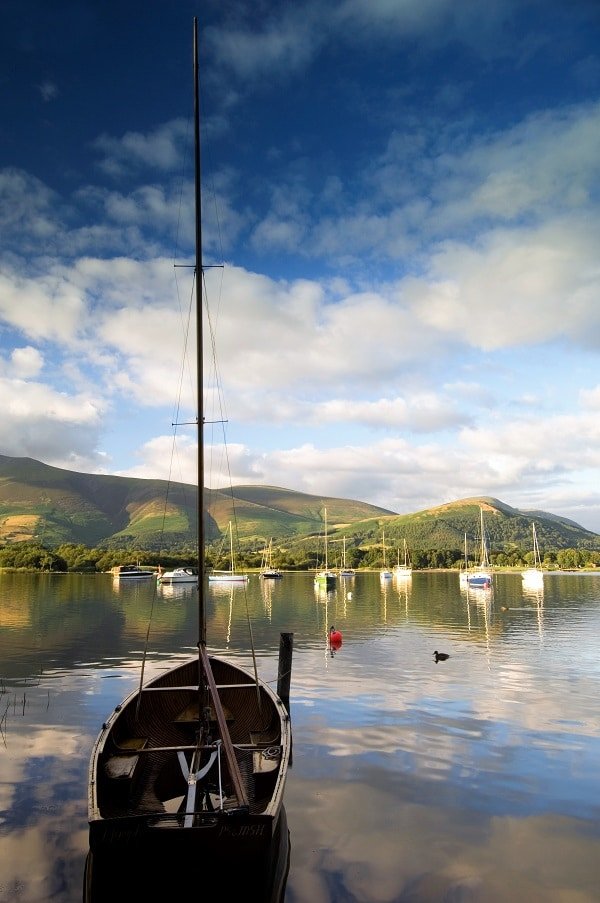
Let’s not ignore the main attraction – the lakes themselves. Despite the abundance of water, you won’t actually find many lakes. Only one in fact: Bassenthwaite Lake. But fear not. It’s all in the name. The other bodies of water go by alternative titles: mere, tarn, and water. That means there is plenty of room for all sorts of water-based activities, including fishing, boating, kayaking. There’s also a piece of English coastline within the park. Coniston Boating Centre offers plenty of opportunities to rent boats, kayaks, and paddleboards.
What to see.
The question of what to see seems almost redundant, given the water and mountains. Indeed, there are magnificent views for the photographer throughout the Lake District. If, however, you want to learn about the local history, houses and museums abound, either within the park or along its boundaries. The Laurel and Hardy Museum is in Ulveston, birthplace of Stan Laurel. Castle buffs should check out Lowther Castle or Muncaster Castle, which is also home to the Hawk and Owl Centre. And what would a visit to Lake District be without paying homage to William Wordsworth? His home and gardens at Rydal Mount are open to the public and may just be the ideal spot for a perfectly English tea.
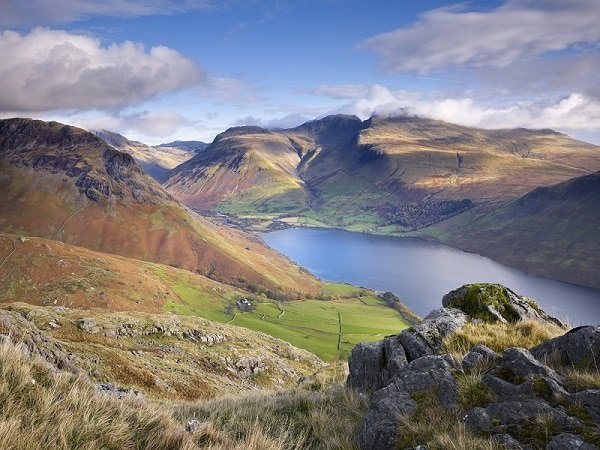
Avoid the crowds.
As the most visited National Park in the British Isles, you might be thinking that there is no way to avoid the crowds. While there is no guarantee of isolation, there are areas which attract more tourists than others.
The areas around Coniston, Ambleside, and Windermere attract huge numbers of visitors, particularly during the summer months and the Easter holidays. However, the more western and northern parts of the park tend to see fewer crowds. Wastwater in the Wasdale Valley offers a peaceful lake setting and views of Scafell Pike. Crummock Water, Duddon Valley and Ennerdale are also likely to offer a little more tranquility. Keswick and Cockermouth are personal favourite spots.
If you are planning to stop by Windermere or one of the other more popular spots, the best advice is to plan ahead and arrive early.
Where to stay.
Camp and caravan sites are available at several locations through the park. Wild camping is also permitted and can be a chance to experience the true wilderness of the region.
Whatever your accommodation preference–hotel, bed and breakfast, or self-catering–you will find a huge range of options to suit a variety of budgets. Our sidebar includes several affiliate links to hotel chains and cottages within the area.
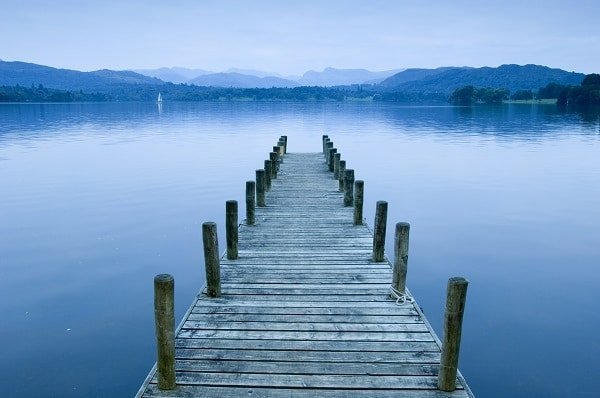
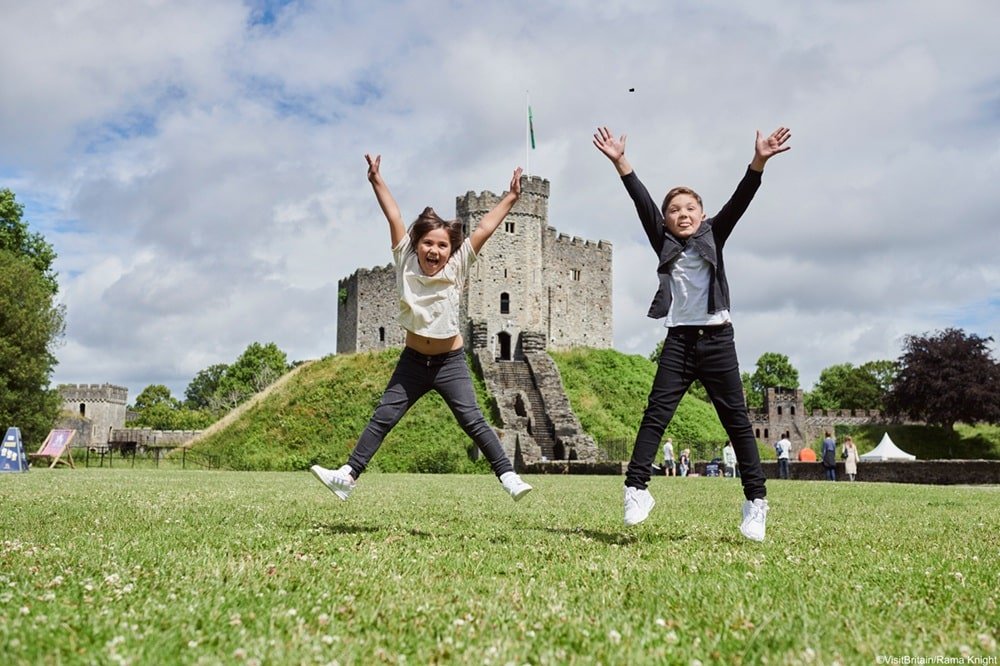


3 thoughts on “National Park Spotlight: The Lake District”
Comments are closed.